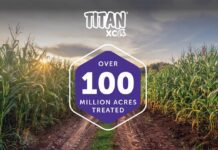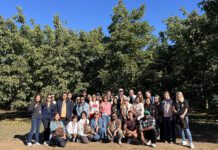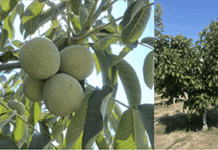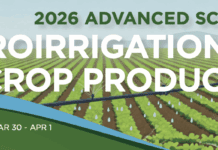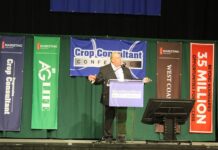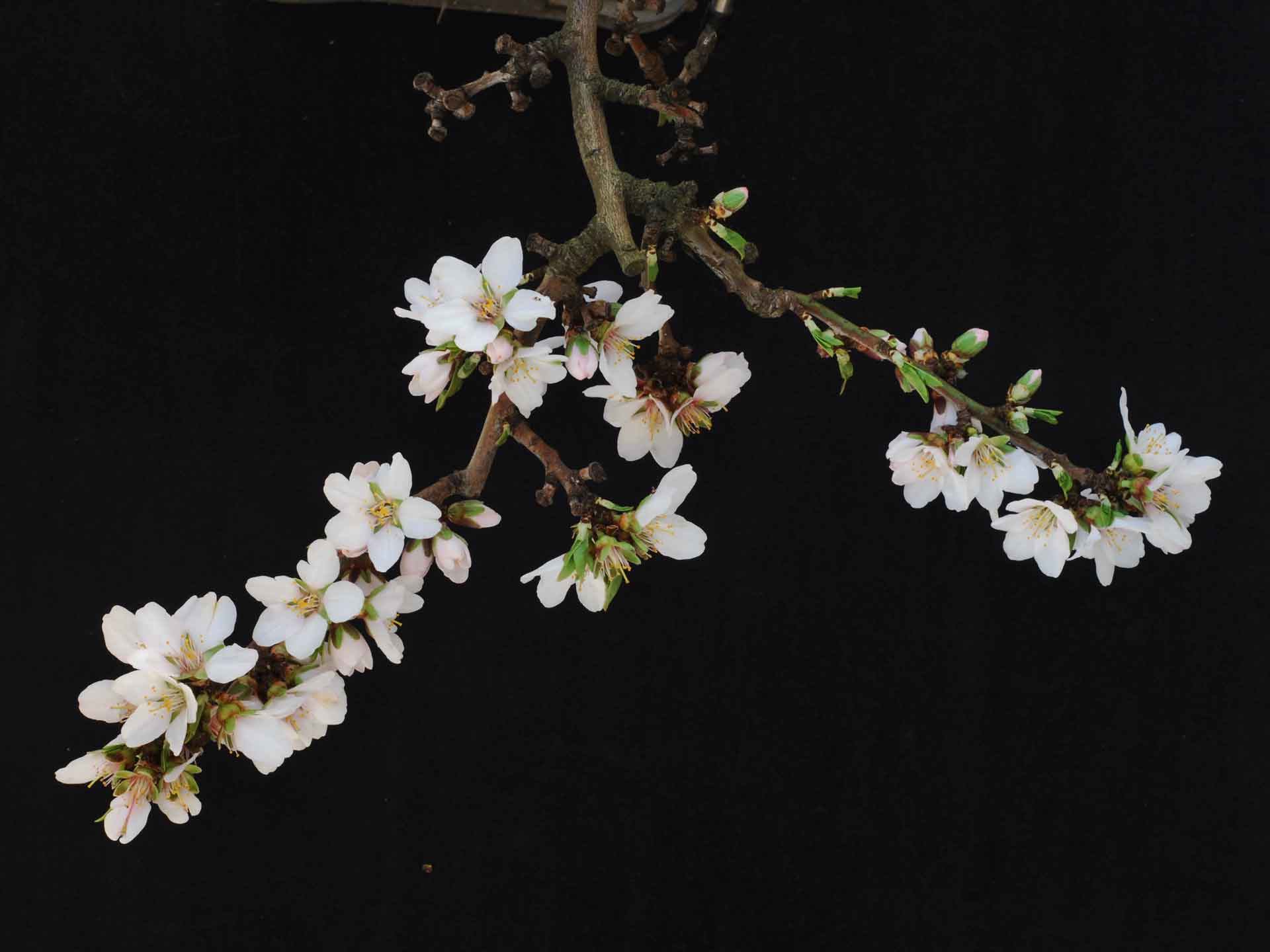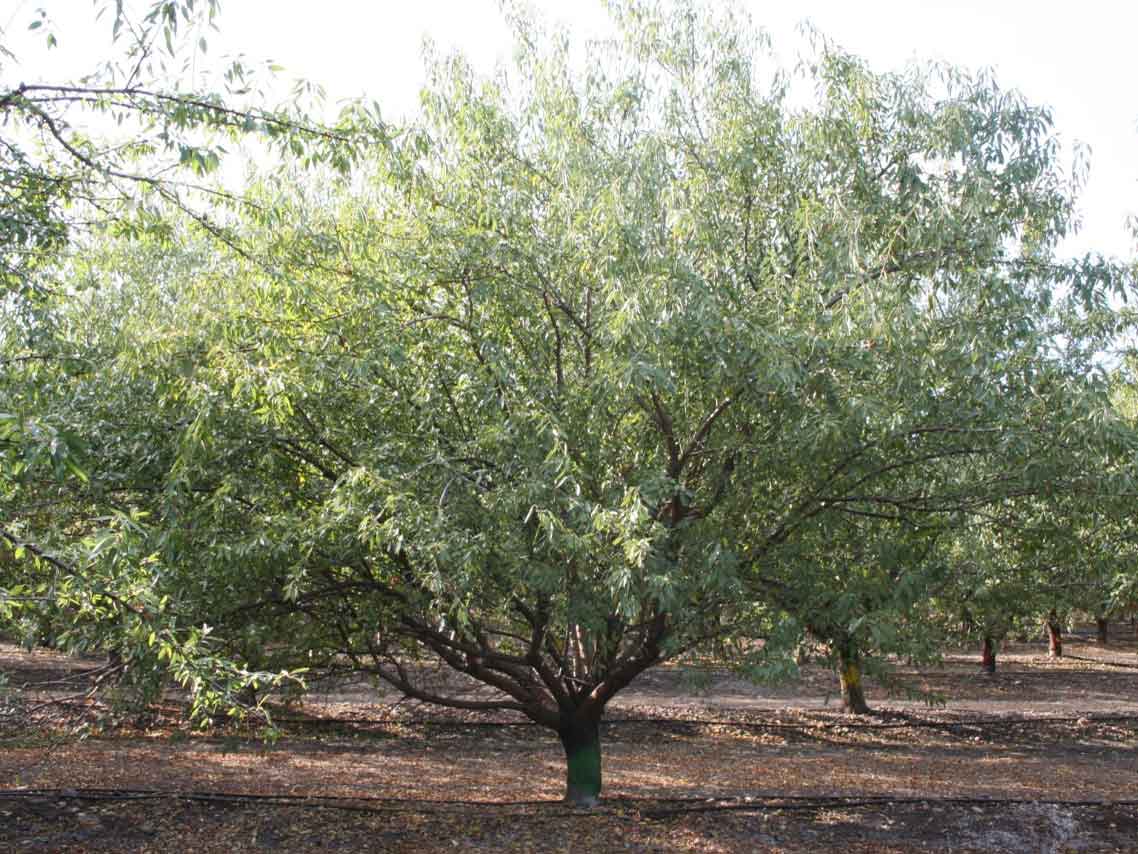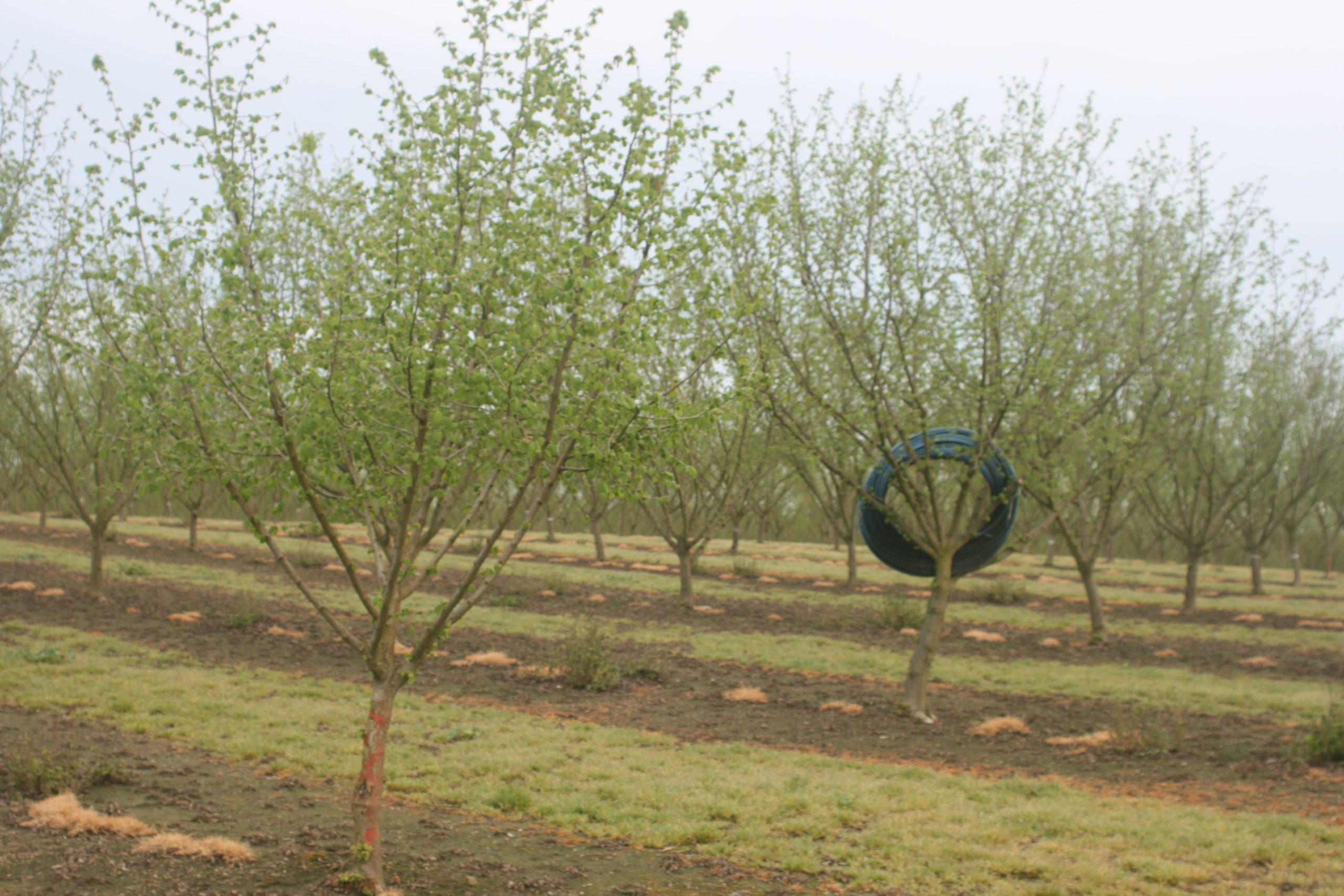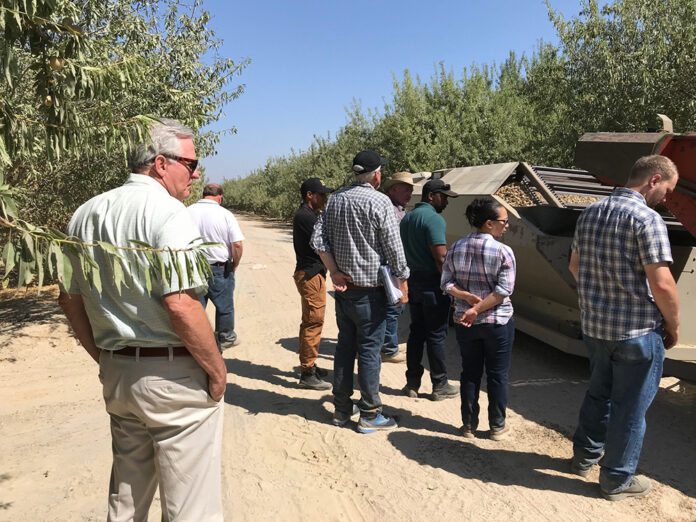
California Department of Food and Agriculture inspectors are expected to take a deeper dive into growing and harvest practices when they begin inspections at larger tree nut operations beginning in April.
Produce Safety Rule inspectors will determine if growers have done their due diligence regarding the quality of the water they use to irrigate their trees. They will also have to produce documentation from farm labor contractors, harvest companies and other third parties that have provided services in the orchard proving required procedures have been followed.
“What was once a handshake to affirm the rules were being followed will now be required documentation proving the rules are being followed,” said Western Tree Nut Association (WTNA) Vice President Priscilla Rodriguez.
This year, preharvest water assessments will be needed when CDFA inspectors visit.
“They want to ensure you’re conducting due diligence and can justify why you believe the water is safe and free from contamination. Simply knowing the source isn’t enough; you need to provide justification and evidence of its safety through an annual water assessment,” Rodriguez said.
The Produce Safety Rule was included in the Food Safety Modernization Act, which was passed in 2011. Compliance requirements have been incremental, affecting larger farms first. Inspectors from CDFA who conduct farm inspections have had the mindset of educate before regulate in the past, but Rodriguez said she is not sure if that will be the case going forward.
Rodriguez said this time around, CDFA inspectors will ask for employee training logs showing health, hygiene, hand washing and relevant food safety training was done to ensure food safety. They will also request cleaning procedures and records for harvest equipment to demonstrate the steps taken to ensure all equipment brought into the orchard or used for transporting produce has been properly cleaned and sanitized.
“Growers must obtain documentation from farm labor contractors, harvest companies or anyone who handled the product as CDFA is increasing its scrutiny during audits. Getting the documentation is now a part of doing business; you have to communicate with third parties that this is necessary,” Rodriguez said.
Growers will have 24 hours to secure the documentation if they do not have it during the inspection.

Water Source Will Be Evaluated
The preharvest water assessment by a grower will show CDFA inspectors whether water sources, irrigation types and adjacent land uses can be a risk to food safety or if modifications are needed. Growers will be asked to demonstrate their awareness of contamination risks with the water used in their operations for irrigation and cleaning equipment.
For example, Rodriguez said one potential source of contamination for surface water can be dead animals. Growers should be aware of district water testing routines and results. Inspectors will ask about the potential for contamination from water sources, she said, and growers will be expected to have more knowledge of general hazards possible in irrigation water quality than before.
Rodriguez said WTNA, previously known as Western Agricultural Processors Association, is planning several workshops to answer questions growers have about the new preharvest water assessment requirements, inspections and complying with the Produce Safety Rule. WTNA is also building a tree nut-specific water assessment to assist growers with compliance.
CDFA inspectors will give two weeks to a month’s notice prior to farm visits depending on the season.
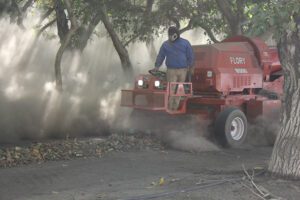
CDFA Requirements
Walnut growers heard from CDFA representatives at the California Walnut Conference in January, including Brianna Russell, produce safety training specialist, and Carolyn Chandler, CDFA inspector in the San Joaquin Valley.
Written documentation that training and other required activities occurred is one of the most difficult parts of compliance with the Produce Safety Rule, they agreed. Russell noted free grower training was offered by CDFA to assist growers with compliance. They also suggested at least one person from a farm complete the Grower Safety Alliance training.
Chandler said farm inspections would cover human and animal activity where the crop is grown, soil amendments used and water. Worker training was also addressed. Employees who work in the orchards should have training on how to recognize contamination in the crop and not allow it to be harvested. The training also includes inspection and sanitation of containers, equipment and tools that come into contact with the crop.
She also noted that prior to inspections, discussions with farm labor contractors or custom harvester operators should be done to ensure they are aware of the Produce Safety Rule requirements and that they are following those requirements, including completion of worker training and the ability to provide documentation of the records during the inspection.
Growers are also asked to assess the potential for contamination of the crop by wild or domestic animals. There is no requirement to keep them out of the orchard, but awareness of their presence and monitoring is required. If evidence of contamination is found, growers must take measures to prevent the harvest of contaminated produce. There are no records required for this rule, but there is required training of harvest workers to recognize contamination and correct issues with harvest containers, equipment and tools. A supervisor must be designated to ensure compliance, and that supervisor should complete the Produce Safety Alliance grower training or training deemed adequate by standards recognized by the FDA. Chandler said during the inspection the grower would be asked to produce the certificate of completion for that training.
Use of fertilizers or soil amendments will also be questioned. Chandler said they specifically want to talk about biological soil amendments of animal origins. Those types of amendments must be handled, stored and moved in a manner that prevents contamination. Chandler said they shouldn’t be applied to the harvestable crop, an issue not likely with walnuts. For growers who make their own compost, records must be available about the process and the temperatures reached in the composting process. A certificate of performance stating the controls for treatment were met and it was handled properly must come with purchased compost.
Russell broke down the requirements for water use. Preharvest water is water that comes into contact with produce during the growing season. In addition to irrigation, that includes fertigation, foliar sprays and frost protection. Size of the farm correlates to enforcement or compliance date. For large farms, that will occur this year. Small farms have an additional year and very small farms have until 2027.
Russell explained the ag water assessment has five factors that need to be considered as potentially impacting produce safety. Those are source of water, the application methods, crop characteristics, which means understanding the surface adhesion and how pathogens could potentially invade, environmental conditions like heavy rainfall and ability to do the assessment.

Cecilia Parsons
Cecilia Parsons has lived in the Central Valley community of Ducor since 1976, covering agriculture for numerous agricultural publications over the years. She has found and nurtured many wonderful and helpful contacts in the ag community, including the UCCE advisors, allowing for news coverage that focuses on the basics of food production.
She is always on the search for new ag topics that can help growers and processors in the San Joaquin Valley improve their bottom line.
In her free time, Cecilia rides her horse, Holly in ranch versatility shows and raises registered Shetland sheep which she exhibits at county and state fairs during the summer.


